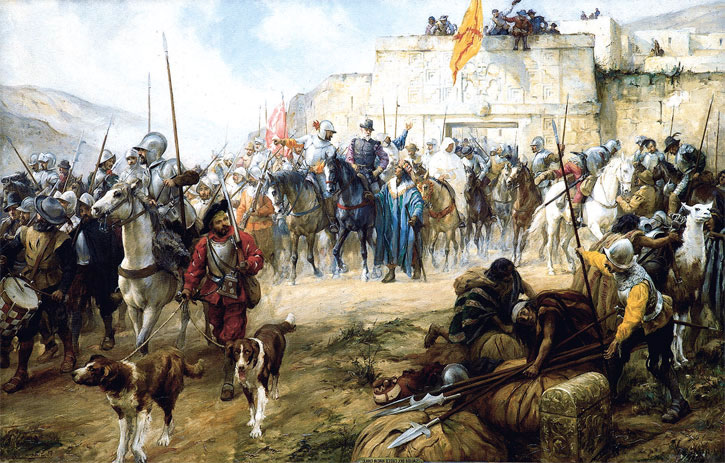Fashion Book Friday: Chanel. The Couturiere at Work by Amy De La Haye
This is my archive of fashion related books. Most of them are in English, but many are not. Some are new, but many are real finds. Depends on the topic, really...
When I was looking for a book about Chanel, I wanted one that would concentrate specifically on Coco´s work (rather than on the entire House of Chanel) and this book, first published in 1995, turned out to be just it.
It begins by tracing whatever little is known about her childhood and her beginnings in the fashion business. While today she is mainly associated with the roaring twenties, she in fact open her first shop (with financial help from her lover) around 1908 and quicky became known as the purveyor of excentrically, even radically simple hats and later clothes. The cartoon on the left is from 1914 and gives an idea about her popularity (and reputation) before the Great War.
She went main stream around 1917, when her simply cut, made with simple materials, jersey suits, sold in boutiques in sea side resorts, first Deauville, later Biarritz, hit the nerve of the times and her designs began appearing in fashionable magazines in Europe and America.
In the following decades, Coco became one of the biggest designers in France and her clothes, while still simple in their overall style, began using luxurious materials, such as furs, silks, laces or hand embroidery, that often covered the entire surface of the dress. She also launched her first (and still most popular) perfume, Nr 5, in collaboration with the incredibly talented Russian-French perfumer Ernest Beaux. An exclusive line of fake jewellery followed (she is wearing several pieces in the photo on the right), it was the first time that a designer managed to give fake jewels the same prestige real ones would have. In those busy years, she also began collaborating with theatre (in the picture below are her wonderfully archaic looking costumes for Jean Cocteau´s version of Antigone) and Hollywood, although she only made costumes for three movies, as she reportedly felt too
constrained by the working conditions she encountered (such as actresses refusing to be told by her how exactly to dress, and she herself refusing to follow the actresses´ lead).
The simple lines of twenties´ fashion meant it was easy to mass produce copies (something the Chanel herself encourages rather than blocked), so that she quickly became a household name to people who would never be able to afford a Chanel original, but gladly bought a copy.
All was not well, however. Apart from her style or glamour, Chanel was also (in)famous for low pay and bad working conditions - she even was reported to say that her "girls" could always get themselves lovers if they wanted more money. So, perhaps unsurprisingly, her house was rocked by a massive strike in 1936. She intially refused to accept the demands, but finally relented after it became clear that otherwise she might not be able to produce and present the next collection.
Technically, Chanel was not "at work" between 1940 and 1953, so this books deals with this entire period in a few sentences - so, if you are interested in the often discussed question of her assumed collaboration with the Nazis in occupied Paris, you won´t find anything here.
Her return in 1953 produced her probably most famous piece, the "Chanel suit" (on the right), that has since been produced in hundreds of variations, thousands if you count the copies. The revolutionary character of this relaxed yet luxurious outfit becomes clear if you compare it to the hyper-feminine creations presented at the time by her (male) colleagues like Christian Dior or Marcel Rochas (Rochas is already on this blog, Dior is coming up). She mantained an iron grip on her house until her death in 1971 and became probably the most famous name in fashion in her century, even when her creations were becoming rather something for the "mature set" - Chanel famously rejected both the miniskirt and pants for women. It remained a task for her successor, Karl Lagerfeld, to integrate pants into the Chanel look.
The final chapter looks at how Lagerfeld kept her signature style always up to date through the 80´s and 90´s, using new materials, like jeans or leather, or cuts - trousers, shorts, tops. It always remained very much Chanel (on the left, Nadja Auermann models a "versacefied" early 90´s version).
So, if you are interested in Mademoiselle herself and can accept a rather cursory look at Karl the Great´s work, this is definitely worth it.








No comments:
Post a Comment